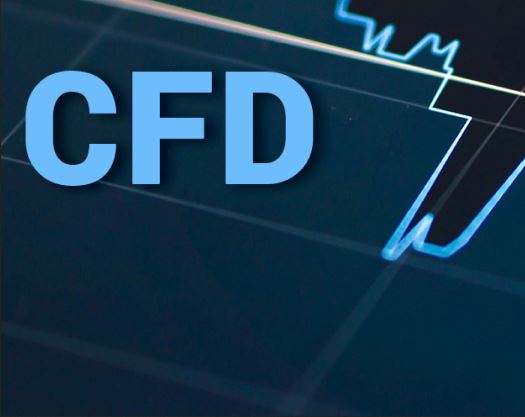Here are the main differences between CFDs and investing, along with some of their unique advantages and disadvantages. Learn what is CFD trading and what is investing below?
CFD trading: meaning and application
CFD is a derivative product that allows you to speculate on an asset’s price movements without owning it. A CFD is equivalent to trading the underlying security.
A CFD is comparable to Forex trading. Price predictions determine profits or losses. Traders open positions based on these predictions. The CFD market provides trading in various financial instruments, such as stocks, commodities, indices, futures, etc.

How does the CFD market work?
Through CFDs, you can trade securities without owning them. For example, if you purchase a commodity CFD for oil, you do not own any barrels of crude oil. As a result, you can potentially make money or lose money with speculation on oil price movements. As a result, your order is based on fundamental and technical analysis and forecasts a price direction.
Investing: what it is and how to invest?
Trading CFDs is also similar to investing, acquiring a financial product with money. Several assets are available for investing, including stocks, bonds, mutual funds, ETFs, etc. The investment could yield dividends, or the investment might be sold later.
Investing can involve a wide range of securities, so it’s impossible to specify rules that apply to them all. Let’s examine a few examples, though.
One way to invest is to open a bank account. Investing in a savings account earns you interest monthly. Investing in bonds involves buying them (when issued or on the secondary market through a broker) and getting dividends from lending the funds to the company that issued the bonds.
What is the difference between CFD trading and investing?
There are two ways to take a position on the price movement of an asset: trading and investing. CFDs are different from investors because you don’t purchase the underlying asset, but investors do.
CFDs are free from stamp duty since no assets are purchased, although profits are subject to capital gains taxes.
The popularity of CFDs is often attributed to active traders. However, the majority of investors are passive investors. It is common for investors to hold assets for months or years, looking for returns over the long run. Some CFD traders, on the other hand, might strive to avoid holding positions open for more than a single day.
On the other hand, CFDs can offer long-term returns on your trading platform if you hold a long position for several weeks, months, or even years. The advantages of CFDs, apart from taxes, include leverage, the ability to go short, and the wide range of available markets.

Bottom line
Choosing an activity based on your goals is crucial. Investing is an option for passive investors who have significant funds. Investing in CFDs might be suitable for active traders, though riskier. A CFD trading advantage is that you can buy and sell, giving you more options for opening trades.


